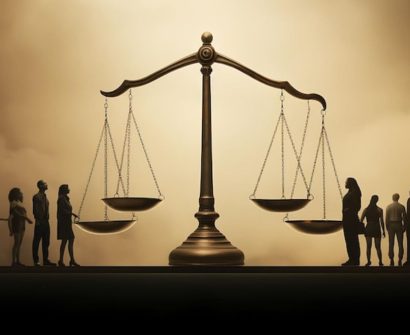
Introduction
Hundreds of thousands of women worldwide have been affected by the widespread and terrible issue associated with intimate partner violence, or IPV. It encompasses a variety of abusive actions taken by a spouse or family member, such as emotional, physical, sexual, and psychological abuse.
domestic violence
As per the domestic violence definition, it is used to describe any romantic relationship activity that harms another person physically, sexually, or mentally, regardless of whether the parties are living together. Any two partners, regardless of gender or sexual orientation, can engage in domestic violence.
- Physical Abuse: Any act that results in bodily injury, such as striking, slapping, pushing, obstructing, or any other action, is considered physical abuse.
- Abuse of the Mind and Emotions: Abuse of the mind can include verbal assaults, humiliation, threats, and persistent criticism. Over time, it might weaken one’s confidence and sense of self-worth.
- Sexual Abuse: Force or coercion of a partner into sexual acts without their consent is known as sexual abuse. It can also involve other types of sexual humiliation, such as disparaging name-calling, and is not just restricted to physical acts.
- Financial Abuse: It is limiting someone’s access to financial resources by, for example, preventing them from working or withholding money, so limiting their freedom of choice.
- Digital Abuse: Abusive spouses may harass, threaten, or stalk their partners via social media or texting.
domestic violence against women in india
- Patriarchal Society: In India, men are typically viewed as the head of the household, giving them greater influence and power over women. Men may believe they have the right to control and rule over their spouses as a result of this power disparity, which could lead to domestic abuse.
- Lack of Education: Not knowing about women’s rights and gender equality may be the result of a lack of education. Women may thus be subjected to domestic abuse and be viewed as less important. Poverty can exacerbate domestic violence because it can exacerbate the tension that financial strain can create within families. Women who live in low-income households may be particularly vulnerable to domestic violence because of their potential financial dependence on their abusers.
- Misuse of Alcohol and Substances: In India, misusing alcohol and drugs may increase the likelihood of domestic violence in india. People who are alcoholics may act violently and lose their inhibitions.
- Societal Shame: There is often a societal stigma associated with reporting domestic abuse, which deters victims from seeking assistance. In addition, many victims may be unwilling to speak up because they feel ashamed or degraded by their situation.
protection of women from domestic violence act
There are laws all throughout the world that offer assistance to victims of domestic violence. The Protection of Women against Domestic Violence Act, 2005 is India’s main statute against domestic violence against women. Under this act, a woman who feels wronged can seek redress.
- To stop domestic violence by raising awareness of the problem and encouraging a change in culture away from violence.
- To guarantee that individuals who perpetrate violent crimes are apprehended and subjected to suitable legal repercussions.
- The creation of a thorough legal system that addresses domestic abuse and gives victims access to support services, protection orders, and legal recourse.
- It provides therapy, housing, medical assistance, and rehabilitation facilities to assist survivors in rebuilding their lives and regaining their independence.
protection of women from domestic violence: Penalty or Punishment
- Section 31 of the Domestic Violence Act of 2005 addresses the penalties for respondents who violate protection orders. Should the responder violate the protective order, they face up to a year in prison, a fine of up to 20,000 rupees, or punishment of both.
- The Domestic Violence Act of 2005 specifies in Section 28 that the provisions of the CrPC (Code of Criminal Procedure) shall apply to actions originating under this Act.
- The Indian Penal Code, Section 498A, addresses acts of cruelty committed against women by their spouses or family members. This Section states that a person who subjects a woman to cruelty while they are her husband or a family member of her husband may face up to three years behind bars in addition to administrative sanctions.
Checking domestic violence against women: Initiatives by Government
- The government is creating new institutional structures like National and State Commissions for Women, all-women police stations, etc., and reinforcing the current laws by reviewing and amending them as needed.
- On the other hand, it manages programs that offer assistance to women in need, including short-term housing, working women’s hostels, and programs like Swadhar that help rehabilitate victims of abuse.
- A number of NGOs, including the National Commission for Women, are also educating and orienting judges and police officers on gender issues, with a particular emphasis on violence against women.
Conclusion
In India, domestic violence is a pervasive issue that impacts individuals and households across various economic strata. There are numerous underlying causes of the issue of women and domestic violence, some of which include gender inequality, economic stress, and cultural norms.
Realizing that violence may happen to anybody and that domestic violence affects men and women equally is crucial. The capacity of victims of domestic violence to recognize the warning signs and seek professional support is critical to their safety and well-being.










